1. Put it in the dishwasher.
When you’re ready to run a load of dishes, place the cloth in the top rack of your dishwasher and let 'er run.

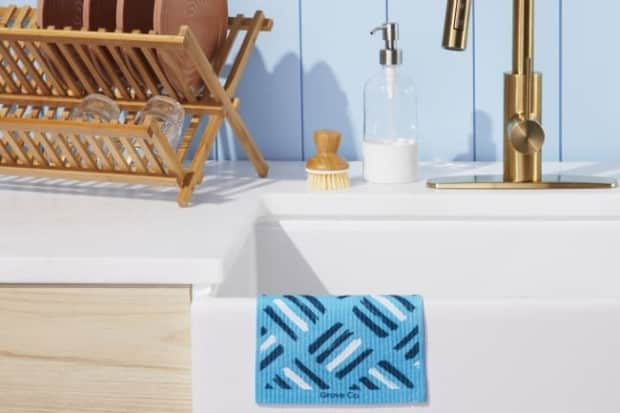
Last Updated: February 1, 2022
Reusable, eco-friendly, and biodegradable—what's not to love about European dish cloths? Read on to see how well these cloths (aka Swedish dish cloths) hold up to an obstacle course of filth.
By Mackenzie Sanford
I’m not very good at cutting down on waste. Paper towels, cleaning wipes, synthetic sponges—I know they’re wasteful and bad for the environment, but I can’t seem to quit ‘em—they’re so darn convenient.
But since I discovered sustainable and reusable options for many of my favorite conveniences, I've been able to use them without feeling quite as guilty.
So when I found out about European dish cloths, my interest was piqued. I’m easily swayed by anything invented in Europe—it makes me feel fancy, and I like feeling fancy. And if it just so happens to be environmentally friendly, even better! Reusable, you say? European, you whisper in my ear? I’ll take two!
To test the effectiveness and strength of these nifty cloths, I created an obstacle course of filth that would make clean-freaks and health inspectors weep. Read on to see how well Grove Co.’s European Dish Cloths hold up to my dirty ministrations.
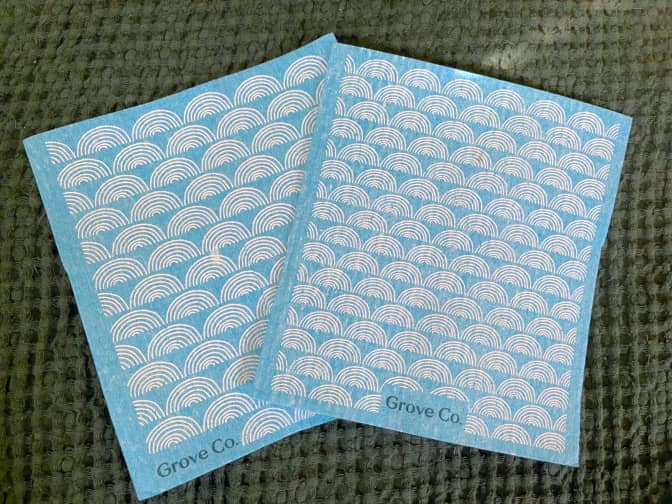
Grove Co. European Dish Cloths are reusable sponge cloths made from a sturdy, sustainable combination of biodegradable cellulose and cotton.
"Sponge cloth" sounds kind of strange, but that’s exactly what they are—the size of a washcloth with the absorbency of the strongest sponge you own. Most European dish cloths can hold up to 20x their weight in liquid—and they dry out faster than your average sponge, to boot.
Grove's European Dish Cloths come in packs of two, with different print options. Have a look!
Grove Tip
A Swedish dish cloth is the same thing as a European dish cloth—surprise!
Swedish dish cloth lore says that they were invented by a Swedish engineer around 1949 named Curt Lindquist who, for reasons unknown, decided to put a sponge in a meat grinder, flatten it out, and mix it with cotton. A bit weird and random, but who am I to judge genius? Thus, the European or Swedish dish cloth was born.
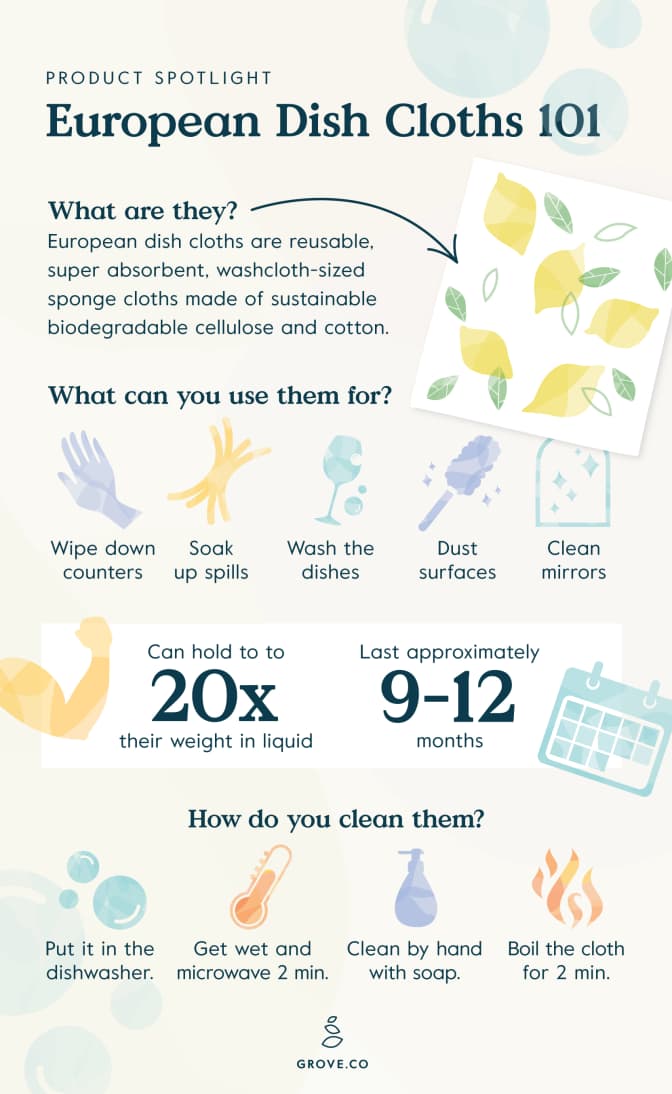
Euro dish cloths last about 9–12 months, depending on how much and how rigorously you use them.
The best part? These little guys are compostable, so when your Euro cloth is ready to meet its maker (hey, Curt!), you can just toss it in the compost bin and avoid adding more waste to the landfills.
Love a visual? Have a look at this quick video on how to use the European dish cloth.
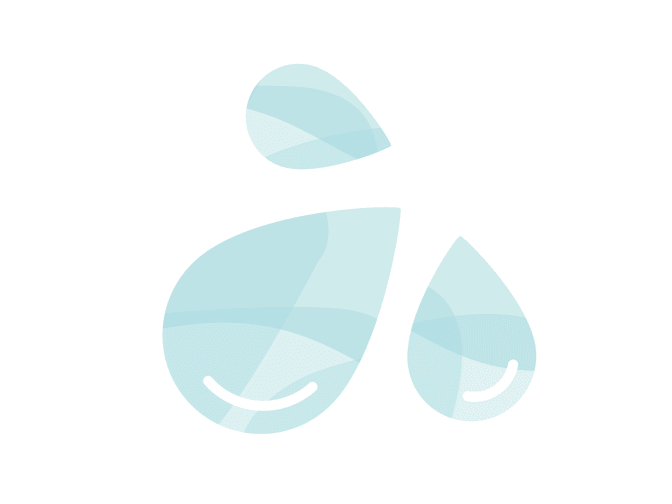
European dish cloths are great for cleaning up any messes that call for paper towels, cleaning wipes, or a dish towel. Swedish dish cloths are rather stiff when dry and don’t do a very good job cleaning up messes until they've been moistened.
To use your cloth (by whichever name you choose), wet it first. It doesn't need to be dripping wet—just give it enough moisture so that it's pliable.
I tested out five uses for Grove’s European Dish Cloth, choosing tasks I’d normally clean with paper towels or a sponge. The pack of cloths came with two, but I chose to use the same one for all of my experiments so I could compare the two after I finished playing mad scientist.
I wanted to see how the Euro cloth compared to my beloved microfiber cloth and, of course, a sponge.
To do this, I covered three plates in gouda cheese, Kewpie mayo, red chili paste, frozen blueberries, and molasses, then nuked them for three minutes and let ‘em chill on the counter all afternoon while I hung out with my sister.
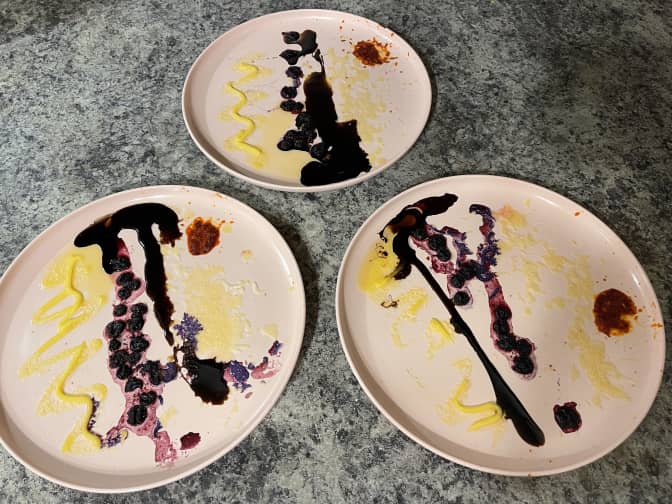

A few hours later, I came back and scrubbed the heck out of them with the help of Mrs. Meyer's dish soap (the peony scent is my fav).
You won’t be surprised to hear that the sponge scrubbed off all that hardened cheese more quickly than the other two, but you might be a bit surprised (I know I was) to hear that the Euro cloth performed better than the microfiber. 8/10
I made scones and, in the interest of good journalism, made an even bigger mess than usual so I could try out the Swedish dish cloth.
Here we have flour, semi-soft butter clumps, walnuts, and egg goo. So, how’d the dish cloth do?
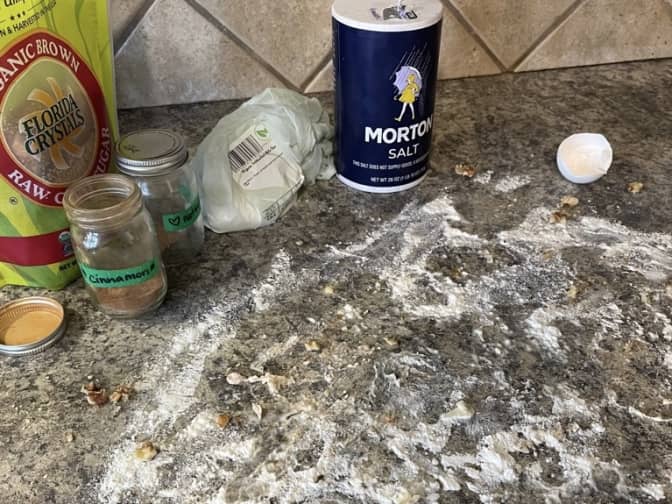
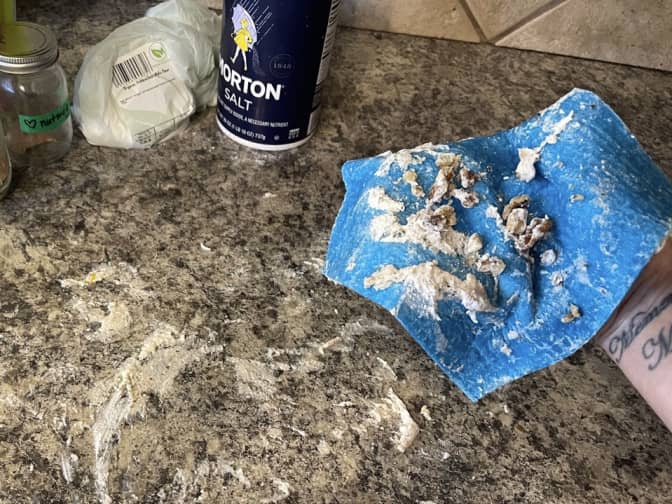
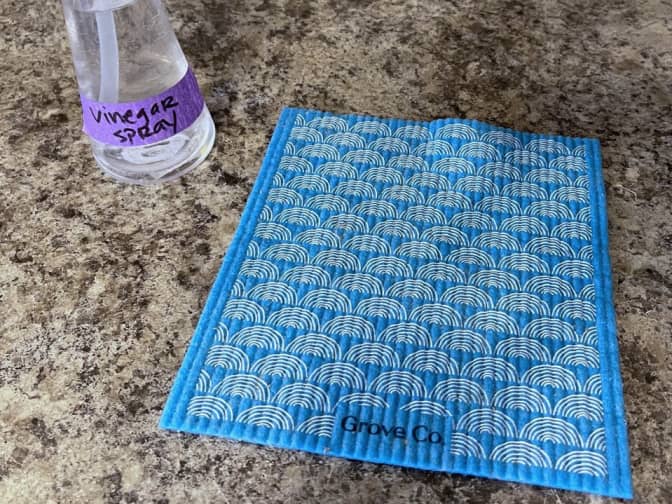
What a champ! The Euro cloth was definitely on par with a regular washcloth as far as cleaning up big messes goes. It handled my floury detritus with zero issues.
Could I have used a dish towel for this? Sure! But the towel would then have to be tossed in the laundry. All the Euro dish cloth took was a quick rinse in the sink, and I was able to use it with a 1:1 ratio of distilled white vinegar and water to wipe down the counter. Immaculate. 10/10
Ever the cynic, I decided that the European dish cloth probably couldn’t absorb 20x it’s weight and that it was just a marketing ploy ol’ Curt devised to boost sales.
To test my theory, I poured one cup of Oatly and promptly spilled it all over the counter.
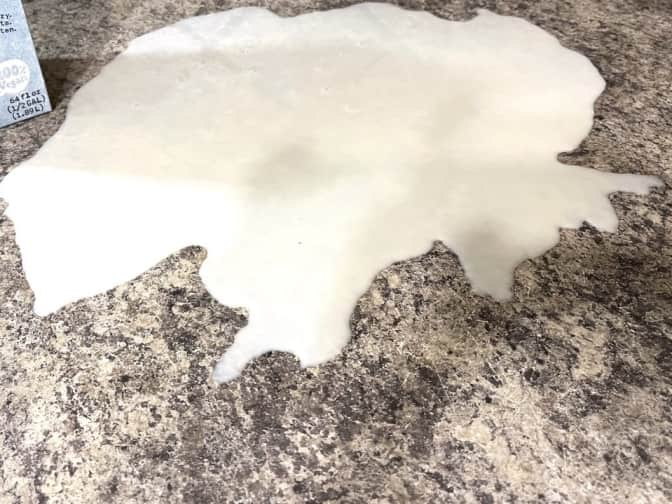
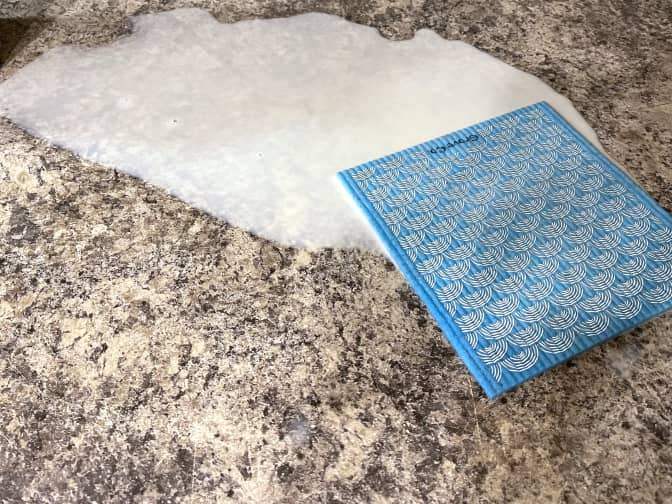
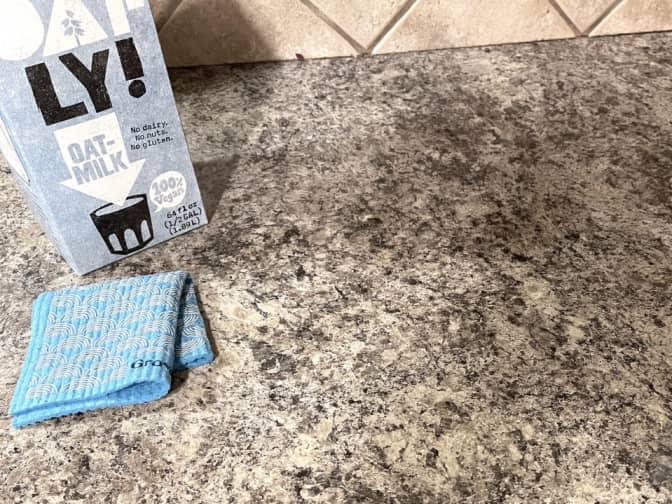
I was legit shocked when this cloth absorbed an entire cup of oat milk. It took two rounds to fully sop up all of the milk—I wrung the cloth out over the sink once and, still damp, laid it out to suck up the last bit of liquid.
I shudder to think how many paper towels I’d have wasted to clean up all that milk. 11/10
To really give the cloth a run for its money, I scrounged under the sink and found a bottle of noxious glass cleaner that contains ammonia and probably predates the internet.
I wanted to see if a) the cloth would dissolve immediately upon contact with the expired chemicals and b) if it would leave streaks.
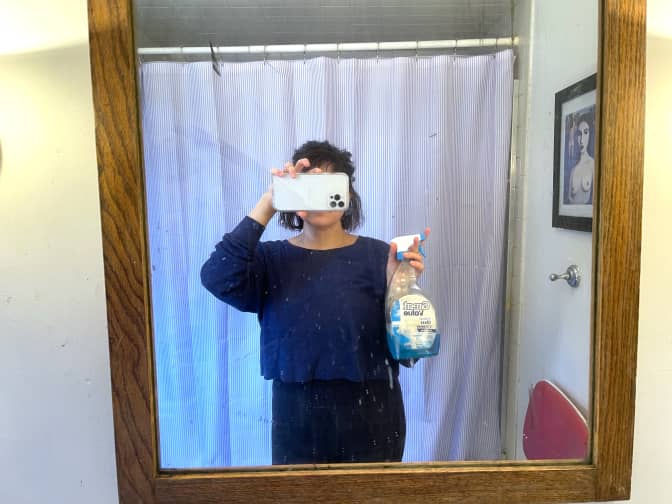
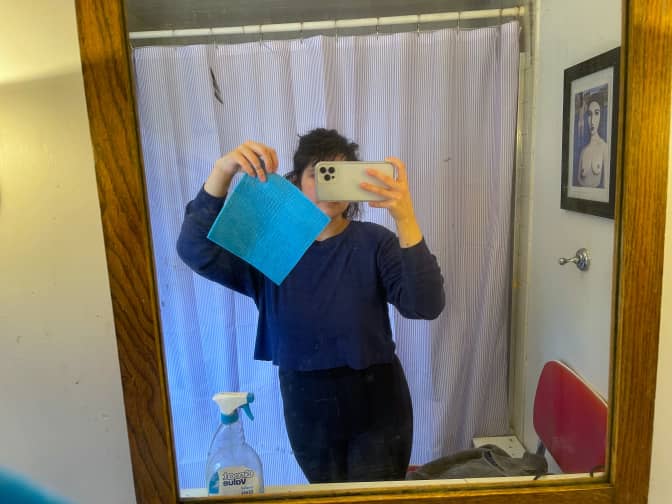
The Swedish dish cloth stayed in one piece when lesser cloths would have crumbled, all while delivering a streak-free shine. 10/10
For my final test, I used Bon Ami to clean the bathroom counter. I wanted to see if an abrasive cleaning powder would tear or shred the Swedish dish cloth.
Bon Ami isn't actually from France, by the way—it's from Kansas City, MO. But it sounds European and it’s eco-friendly, which is why I use it. Well, that, and it’s just an all-around great natural cleaner.
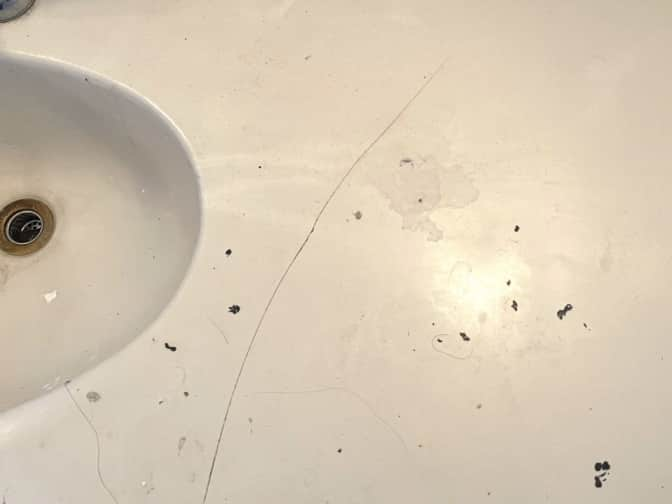
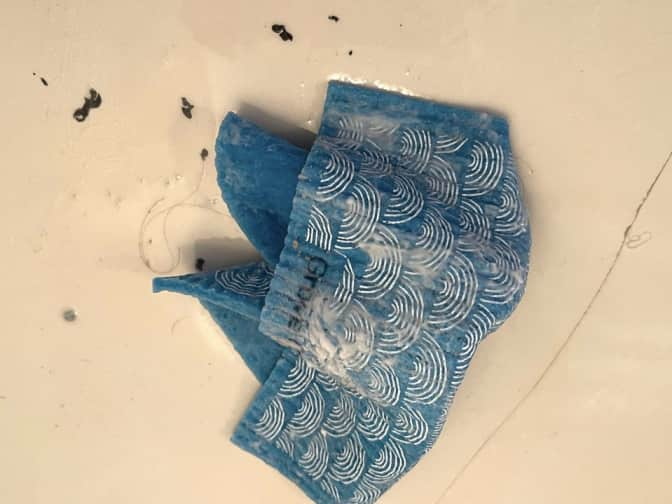
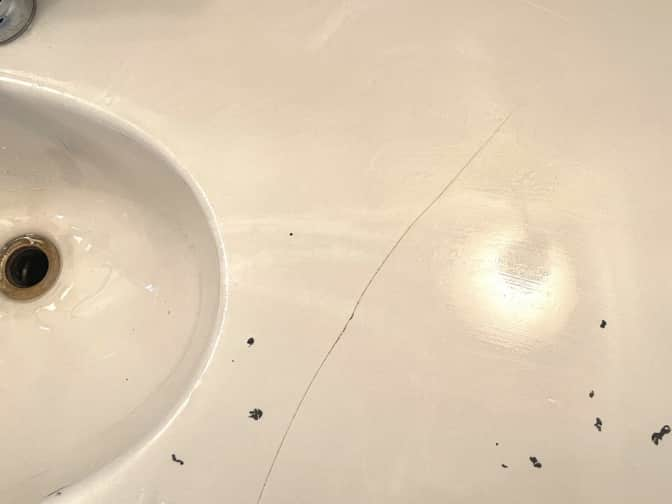
As you can see, I did not treat the cloth gently. I balled that baby up and scoured off makeup, dried-on hair gel, and leftover soap scum.
No rips! No shedding! The cloth stayed totally intact and did a great job of cleaning my daily grit and grime. 10/10
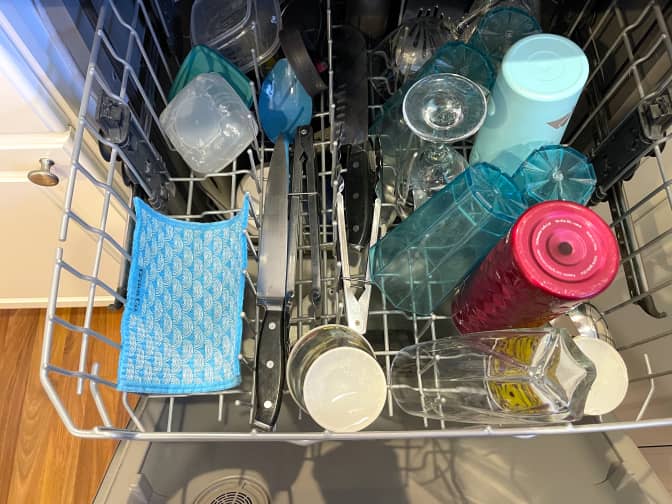
Grove's European Dish Cloths are microwave and dishwasher safe, which makes ‘em super easy to clean.
Here are the four ways you can clean and sanitize your dish cloth:
When you’re ready to run a load of dishes, place the cloth in the top rack of your dishwasher and let 'er run.
Just grab your favorite dish soap then work it into the cloth. Then, rinse it thoroughly and let it air dry.
A quicker way to sanitize the cloth is to get it wet and put it in the microwave for one to two minutes on high.
Sanitize your cloth by placing it in boiling water for a couple of minutes. Then, let it air dry.
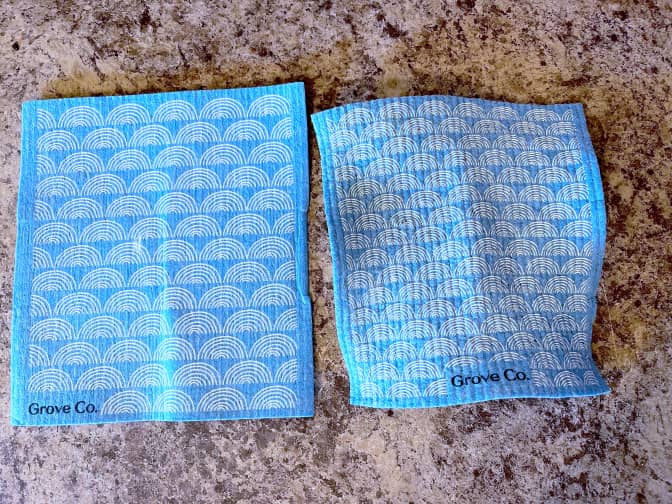
Here's a side-by-side comparison of my cloth after using it and washing it in the dishwasher vs, the cloth I didn’t use. Lookin' pretty good! It definitely shrunk a bit as it dried but grew to its original size again after I ran it under the sink.
Overall, I’m totally thrilled with Grove’s European Dish Cloths. They’re an easy and effective substitute in any instance where you’d normally reach for single-use paper towels, a dish towel, or non-biodegradable sponges. I’m excited to put both of the cloths into circulation and see how much filth and mistreatment they can take before I need to replace them.

Mackenzie Sanford is a writer and musician trying not to burn her house down in the Midwest.
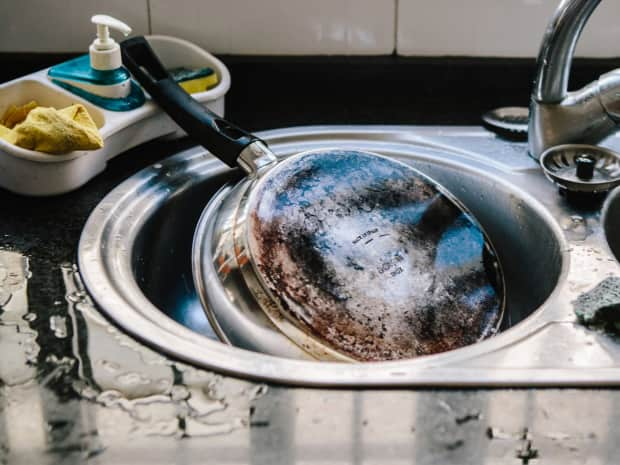
We tried Grab Green Cookware and Bakeware Cleaning Pods to clean burnt pots without scrubbing or overnight soaking.
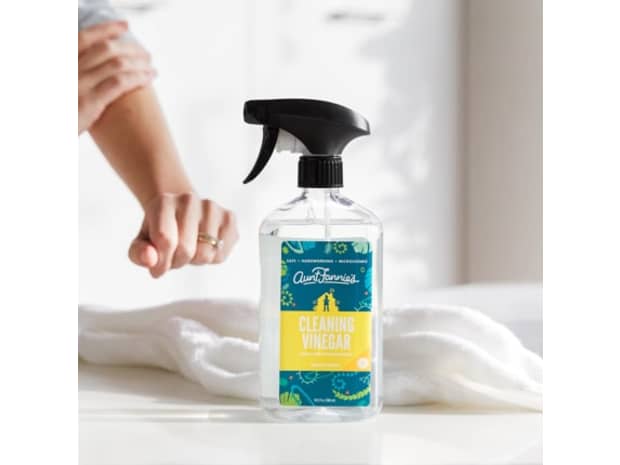
Learn all about cleaning vinegar and whether vinegar wipes, spray, and floor cleaner really work.

Oxygen bleach is a color-safe alternative to chlorine bleach, but does it give you the same stain-fighting power?

Discover three durable and sustainable food storage solutions that will help you minimize waste.